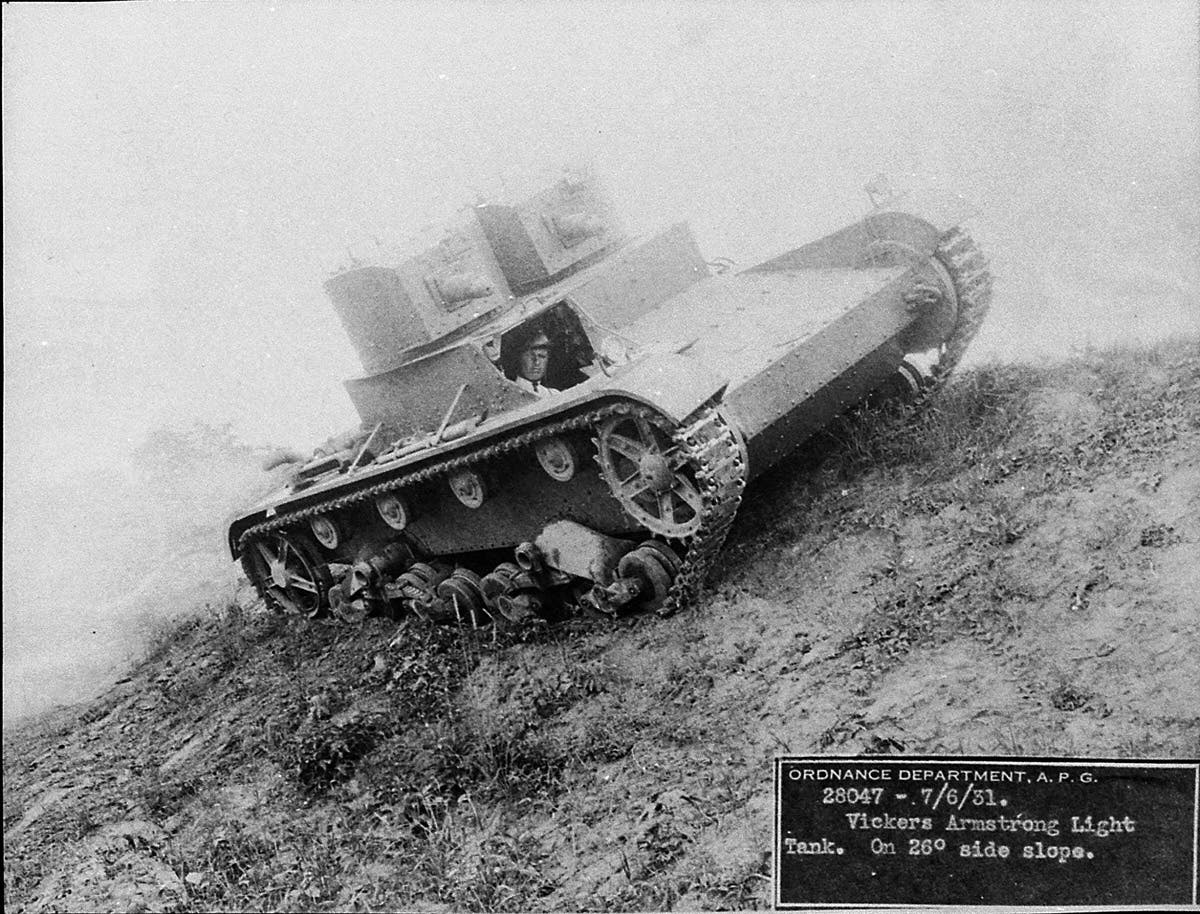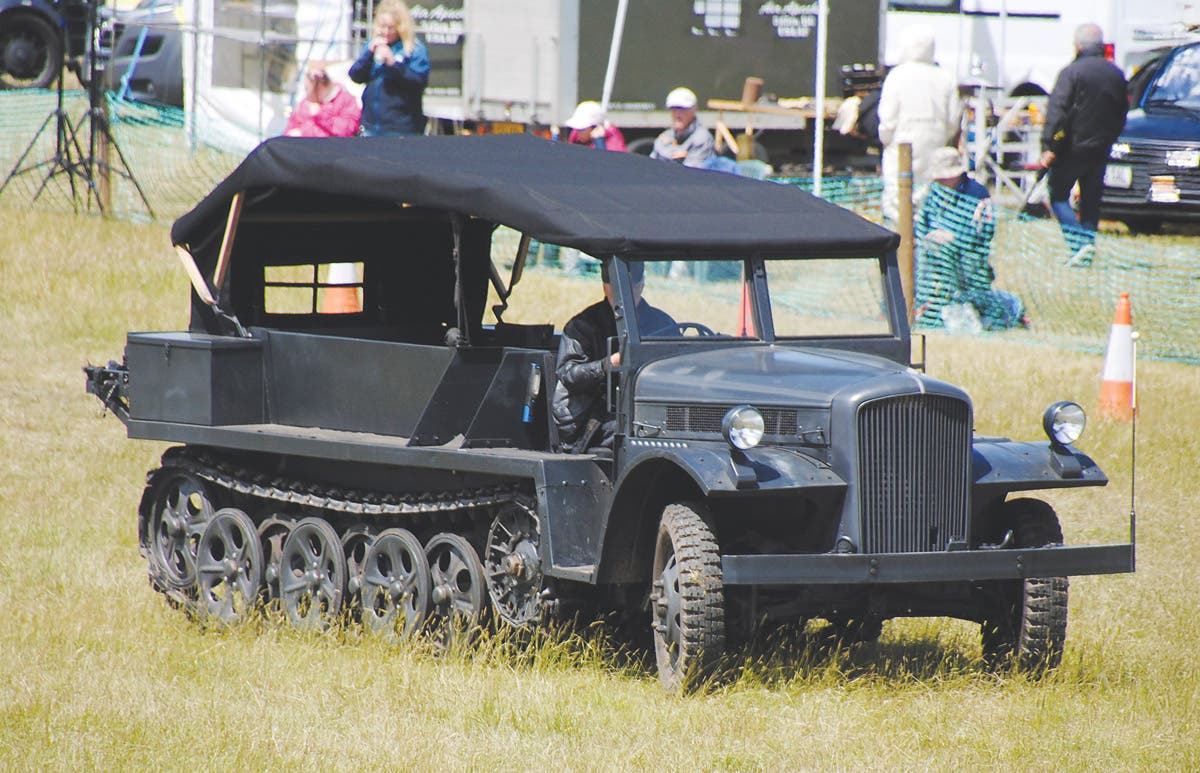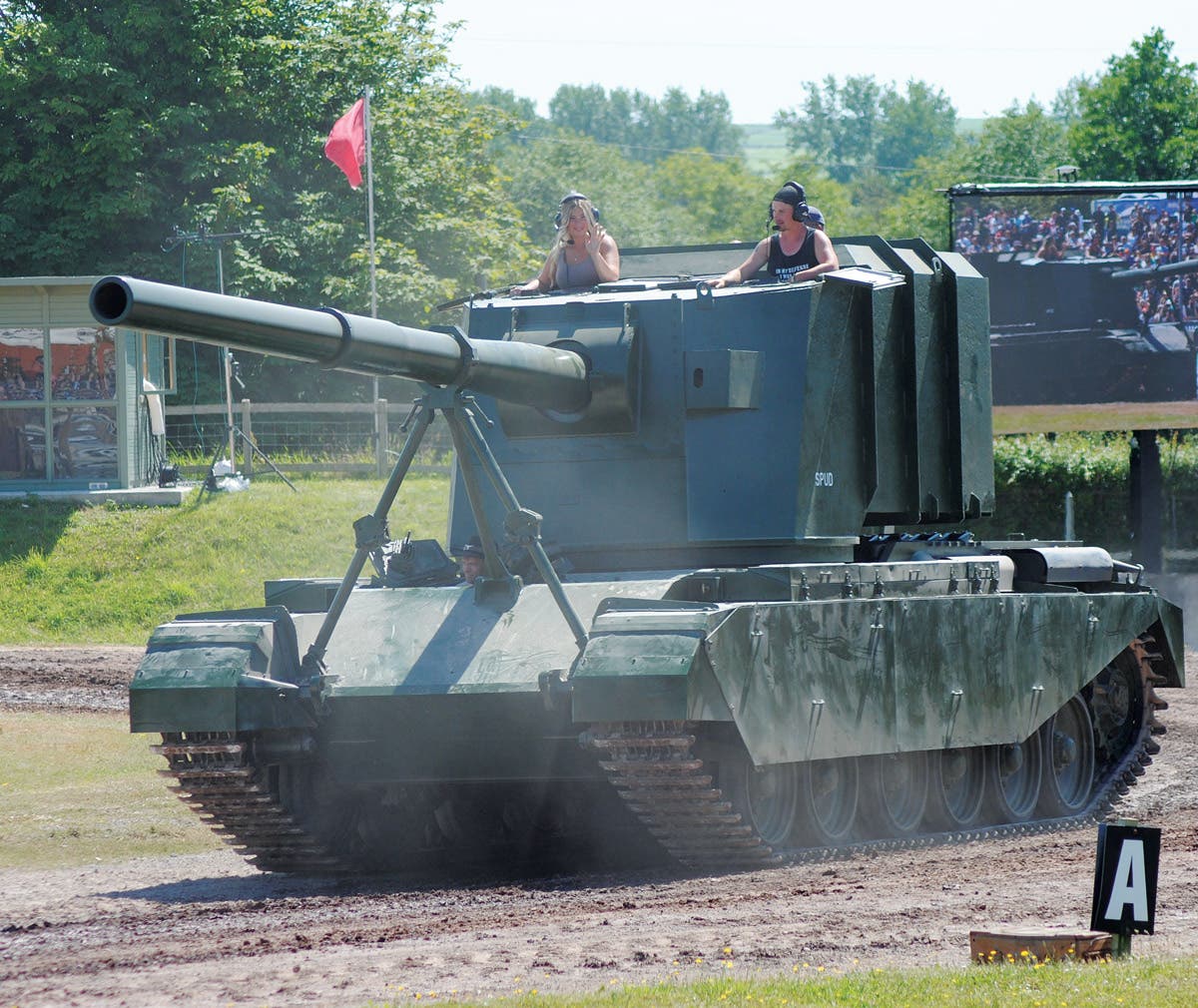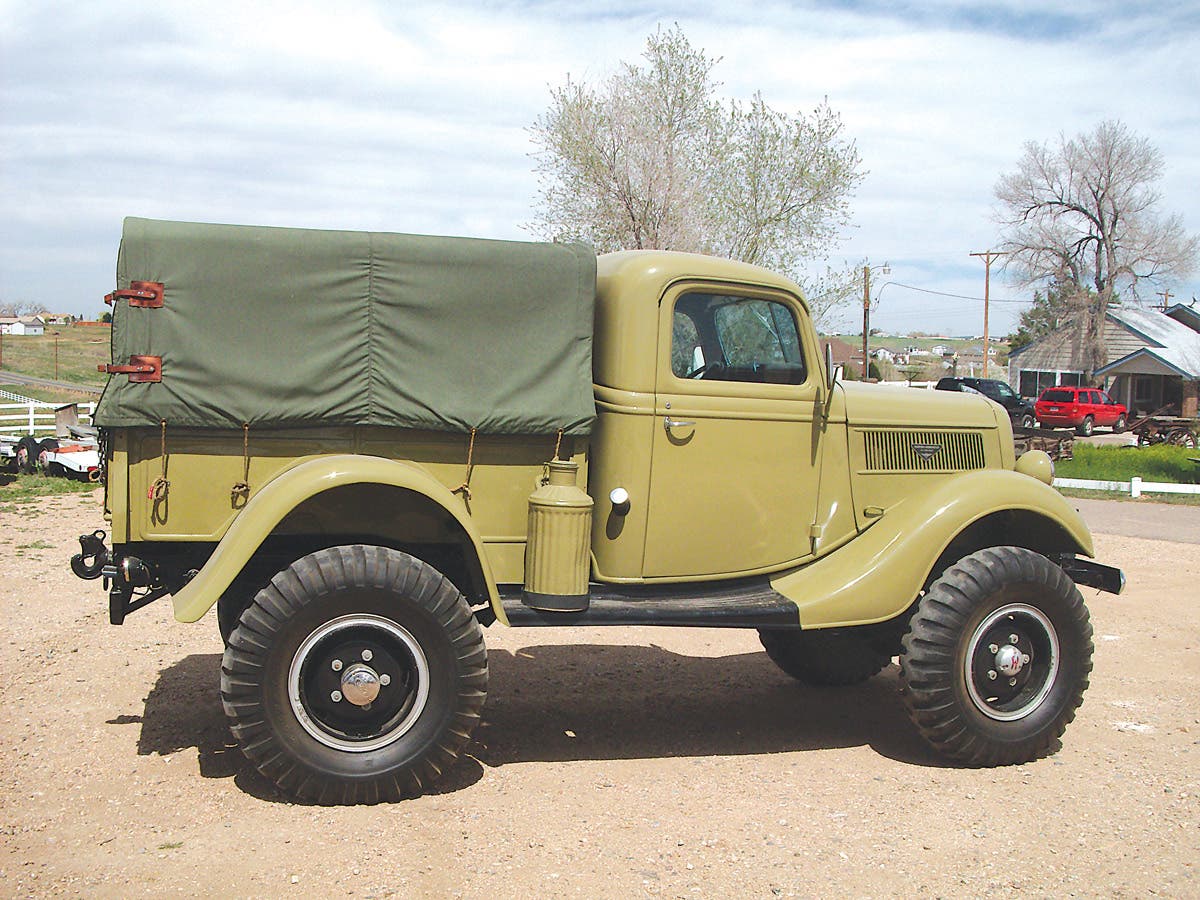The Mile of Tanks… Where are they now?
For many years a staple of the military vehicle hobby has been attending the annual rally and swap meet hosted by the Washington Area Collectors/Blue & Gray Military Vehicle Trust, and that show was for many years held just down from the Ordnance Museum on the US Army installation at Aberdeen Proving Ground.
For many years a staple of the military vehicle hobby has been attending the annual rally and swap meet hosted by the Washington Area Collectors/Blue & Gray Military Vehicle Trust, and that show was for many years held just down from the Ordnance Museum on the US Army installation at Aberdeen Proving Ground. During the drive to the show site one could help passing tank after tank in the median of the entry road. These historic tanks formed the Proving Ground’s famed “Mile of Tanks.” Given the passion of those in the historic military vehicle hobby, many visitors lamented the somewhat deplorable condition of some of these vehicles.
While the vehicles and small arms are the property of the Army, the non-profit Ordnance Museum Foundation built the building.
Various fundraisers, some spanning years, were undertaken to restore or preserve these vehicles, with most coming to naught. Inside the museum displayed was an architect’s rendering of a long-dreamt of larger museum structure to hold most of the tanks and artillery pieces – the macroartifacts – in the collection, but donations were inadequate to fund construction.
Around the turn of the century, the “Mile of Tanks” vanished, with some of the vehicles dotting the area in a somewhat rehabilitated condition. The reconditioning came about through a most unusual way. The vehicles had pretty well been put in position on the mile of tanks as is. In time weather and condensation, and typically deteriorating gaskets and seals caused fuel and hydraulic tanks and lines to leak or give way entirely, lead-based paint began to flake off – all leading to each tank becoming in essence a hazardous material spill – a violation of environmental regulations.
This situation forced the remediation of these hazards. Fluid tanks were drained and vehicle exteriors were blasted with chemically-treated water under tens of thousands of pounds of pressure per square inch stripping away rust and paint. The vehicles were then repainted. While these steps did not replace missing components, it did arrest further deterioration. Most of the treated vehicles were placed in storage.
Post-9/11 the Rally had to find another home of base, but visitors to the installation noted the missing vehicles. In the years since, many enthusiasts have asked, “what became of the Mile of Tanks?” which included many one-of-a-kind developmental models, as well as rare and iconic vehicles.
The “Mile of Tanks” and the Ordnance Museum were both attached to the US Army Ordnance Center and School. The 2005 Base Realignment and Closure (BRAC) actions directed that the Ordnance Center be moved to Fort Lee, Virginia. Also moving to Fort Lee would be the Transportation Center and School previously located at Fort Eustis, Va. Fort Lee would then host the two previously mentioned centers and schools, as well as the Quartermaster Center & School, the Army Logistics Management College and the Combined Arms Support Command. The congressionally mandated date for the completion of the move was 15 September 2011.
Indeed the collection moved, and the focus shifted slightly. Many of the artillery pieces were transferred to the US Army Artillery Museum at Fort Sill, with the adjacent Air Defense Artillery Museum getting some pieces as well. The US Army Armor Museum, itself relocating from Fort Knox to Fort Benning also received some pieces. While some pieces went into storage in Anniston, Alabama, the bulk of the collection, including the massive M65 Atomic Cannon and the K5(e) “Anzio Annie” railway gun moved to Fort Lee.
Initially some were in outdoor storage (and visible to installation visitors), most were sheltered in large fabric maintenance shelters as a permanent facility was constructed.
That new 120,000 square-foot permanent structure was completed in 2020, with the building being built around the railway gun and atomic cannon.
Beyond now residing inside the long-desired climate-controlled structure, there is one notable difference between the old Ordnance Museum at Aberdeen and the new facility at Fort Lee. At Aberdeen, it was a museum, open to the public. At Fort Lee, this is a training asset – the Ordnance Training Support Facility – by congressional mandate military constructions cannot be used for museum construction, and thus is not open to the public. There were even limitations placed on how many parking spaces could be near the building to prevent its use as a museum. From an enthusiast’s point of view, this is a double-edged sword: comfort that these rare vehicles are now safe from the elements and vandals, but disappointment that they are no longer readily accessible. Consolation can be taken however, that the non-museum policy could be changed in the future – however, rusting into oblivion as the artifacts had been doing previously is truly a one-way street.
Recently, I had the opportunity to visit this facility as a guest and thought the readers of MVM would like a glimpse at the current status of some of the vehicles previously seen at the Ordnance Museum and “Mile of Tanks.”
*As an Amazon Associate, Military Trader / Military Vehicles earns from qualifying purchases.
David Doyle's earliest published works were occasional articles in enthusiast publications aimed at the historic military vehicle restoration hobby. This was a natural outlet for a guy whose collection includes several Vietnam-era vehicles such as M62, M123A1C, M35A2, M36A2C, M292A2, M756, and an M764.
By 1999, his writing efforts grew to include regular features in leading periodicals devoted to the hobby both domestically and internationally, appearing regularly in US, English and Polish publications.
In 2003, David received his a commission to write his first book, The Standard Catalog of U.S. Military Vehicles. Since then, several outlets have published more than 100 of his works. While most of these concern historic military hardware, including aircraft and warships, his volumes on military vehicles, meticulously researched by David and his wife Denise, remain the genre for which he is most recognized. This recognition earned life-time achievement in June 2015, when he was presented Military Vehicle Preservation Association (MVPA) bestowed on him the coveted Bart Vanderveen Award in recognition of “...the individual who has contributed the most to the historic preservation of military vehicles worldwide.”
In addition to all of publishing efforts, David is the editor of the MVPA’s magazine, History in Motion, as well as serving as the organization’s Publications Director. He also maintains a retail outlet for his books online and at shows around the U.S.








